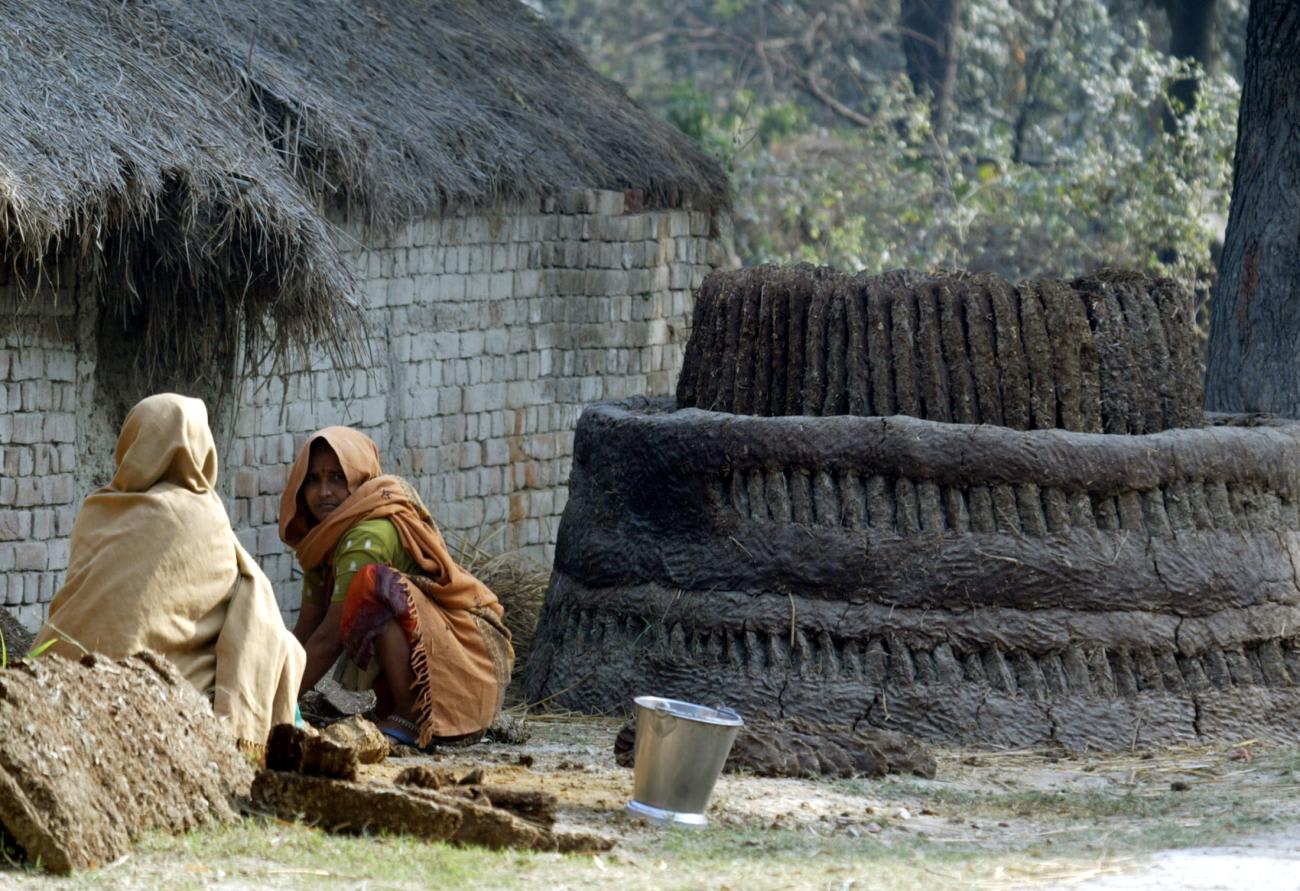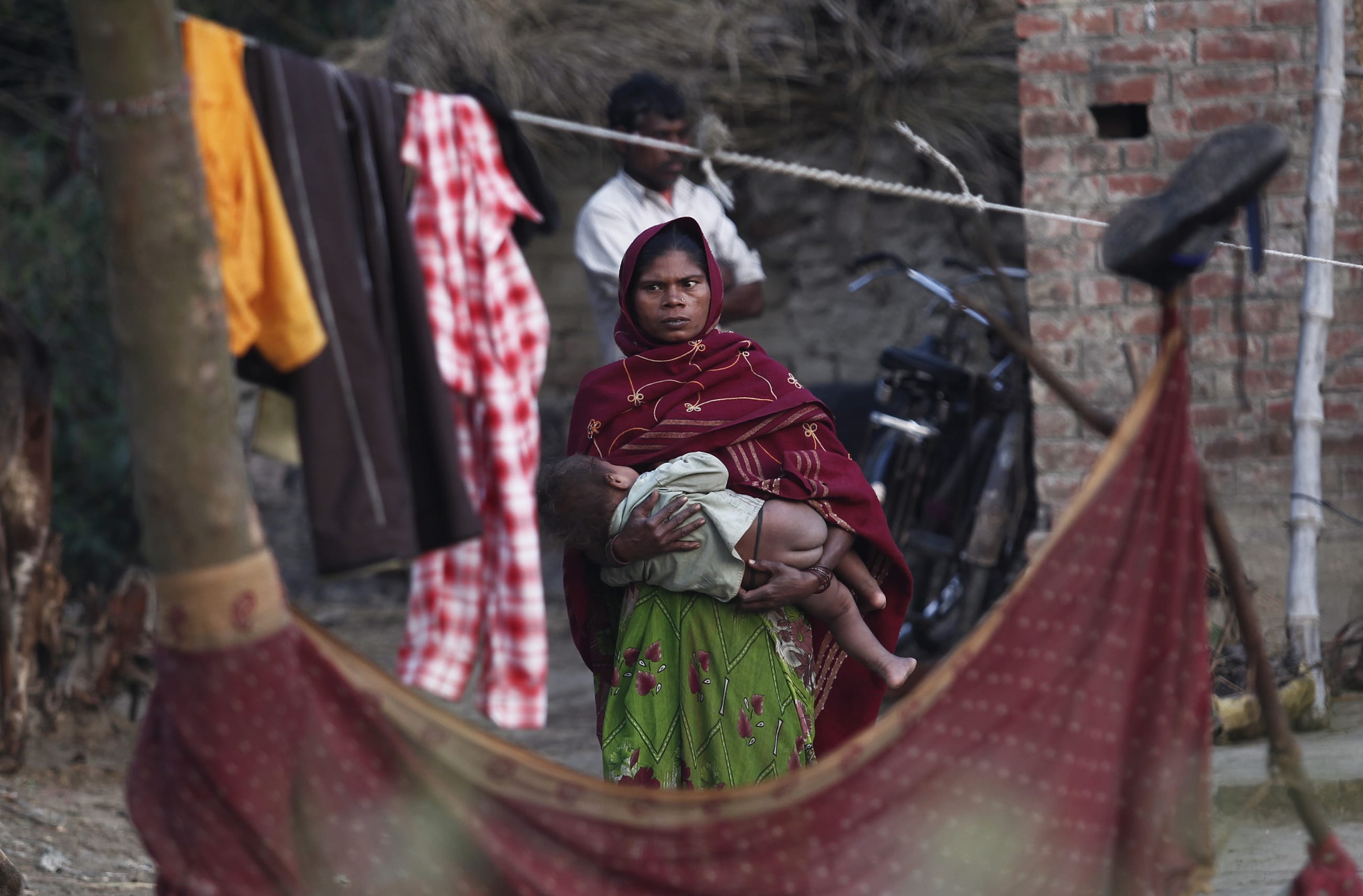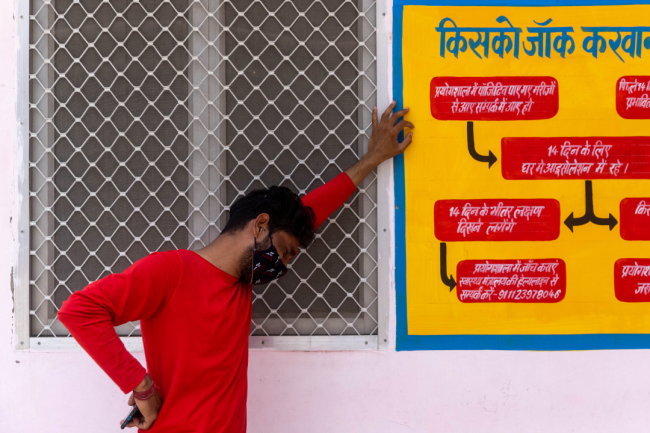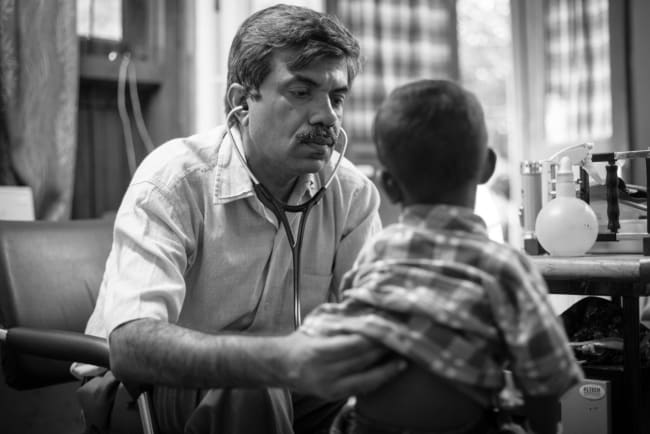Among the many personal tragedies that struck Indians during the COVID-19 pandemic, Leenus Thiang, director of Dalit Solidarity and registered nurse, remembers one man's story particularly well: "His family tried to take him to the hospital but none of them were accepting 'his kind of patient.' Eventually, after being transported from city to city, he ended up dying."
The hours-long waits, impersonal treatment, and refusal of medical care are not uncommon treatments faced by "his kind"—a member of the lowest caste in India.
Caste is a system of social hierarchy and, in India, tends to divide society according to categories defined in a millennia-old Hindu manuscript that includes Ati-Sudra, or Dalits, at the very bottom. Often referred to as "untouchable," Dalits were historically ostracized from community life and limited to the most menial jobs. Caste was declared illegal in the country's 1949 constitution, however, and disadvantaged castes were later officially recognized as scheduled castes, a less stigmatized label under which to receive public benefits. According to Ben Chinnappan, founder of the nonprofit Dalit Solidarity, discrimination "is very alive everywhere" nonetheless.
In 2021, more than fifty thousand cases of crimes against Dalits and other scheduled castes were recorded, according to the National Crime Records Bureau, an Indian government agency tasked with collecting and analyzing crime data. Members of scheduled castes face discrimination in schools, workplaces, and restaurants, but the caste system's impact on health outcomes has been vastly overlooked.
The infant mortality rate for Dalits is 40 percent higher than for the general population in India
In a study published in The Lancet in 2015, researchers found that individuals in scheduled castes and indigenous tribes who were fifty or older rated their health as poorer and reported higher levels of disability than higher caste people. A 2021 study published in Asia-Pacific Journal of Public Health found that Dalits were more susceptible to HIV/AIDS, a phenomenon explained by their desire to escape discrimination through migration, given that high migration levels are associated with increased vulnerability to the disease. The infant mortality rate for Dalits is 40 percent higher than for the general population, and Dalit children are more likely to suffer from anemia or be stunted than the national average. On the whole, according to Oxfam India, Dalits' life expectancy can be up to fifteen years less than that of other groups.
Caste has a profound and lasting impact on health outcomes in India, in part because of overt discrimination, which severely limits access to quality health care. A 2007 nationwide survey conducted for the book Untouchability in Rural India found that Dalits reported being refused entry into private health centers and clinics in more than 20 percent of Dalit villages, and that health-care workers refused to visit about 40 percent of villages surveyed. A 2021 study conducted by Oxfam in twenty-eight states of India found that 20 percent of respondents in scheduled castes reported suffering discrimination in hospitals or by health-care professionals. People in scheduled castes have testified how once health-care workers learn their status, they provide less information about health services and programs.

Caste discrimination, though, can also be more subtle. Chinnappan says he has observed how doctors approach people in scheduled castes with an air of indifference: "When it comes to treatment, sometimes they don't even pay attention or look at them. They will not touch the patient to understand what is going on." In private facilities, Dalits experience longer waiting times than higher caste people, and doctors may refuse treatment out of a mistaken assumption that people in scheduled castes cannot afford hospital treatment, frustrating patients and compromising their health.
Caste also contributes to poor health outcomes by relegating many people in scheduled castes to deep poverty with no upward mobility. Approximately one in three Dalits live in multidimensional poverty (monetary, education, and basic infrastructure), according to the United Nations, which limits access to even public hospitals.
In 2018, India launched a public health fund aimed at providing free health care to marginalized groups, the Ayushman Bharat–Pradhan Mantri Jan Aarogya Yojana (AB-PMJAY). But health care in India is "free" in name only, said Chinnapan. In both public and private hospitals, under-the-table corruption is widespread: "you have to pay money everywhere, starting with the security guard and ending with nurse," he added. Dalits living on less than three dollars a day have no resources to cover these out-of-pocket costs.
The mismatch between where Indian health facilities are located and where Dalits live is a fundamental one. More than three-quarters of health infrastructure and resources are located in urban areas, yet nearly 90 percent of Dalits live in rural settings. Further, that masks even greater disparities in health-care personnel: as of 2015, rural health centers reported vacancy rates of more than 80 percent for surgeons, 76 percent for gynecologists and obstetricians, and 82 percent for pediatricians. Despite the desperate need for increased health-care investment, government expenditure on health recently dipped below 1.3 percent.
Fighting the combined impacts of overt discrimination, the low socioeconomic status of Dalits, and their rural isolation is difficult. A few Dalit doctors have created hospitals aimed at serving marginalized groups and combating health discrimination, but they are not common enough to be considered a viable solution.
To create a lasting impact, the government needs to dedicate a greater proportion of spending to health infrastructure. Resources to increase marginalized groups' access to health care will only bear fruit when rural clinics are adequately resourced. Government-funded health education could also help rural patients screen themselves for diseases such as breast cancer and better advocate for their health needs.
In addition, India needs to foster greater social mobility, because poverty is inextricably linked to discrimination. In 1950, the Indian government created a form of affirmative action that required universities and public-sector institutions to fill at least 15 percent of jobs with people from scheduled castes, proportional to their share of the population. Dalits, though, are still vastly underrepresented in higher education and STEM-related careers, which contributes to deficits of Dalit representation in the health sector itself.
Medical schools and large hospitals should commit themselves to teaching and providing unbiased and sensitive care, and should also recruit more leaders from marginalized groups. In the meantime, government agencies such as the National Commission for Scheduled Castes should rigorously investigate discrimination cases in health-care spaces. On a global scale, all members of the Indian community, including the diaspora, should strive to actively combat structural casteism on a daily basis.













